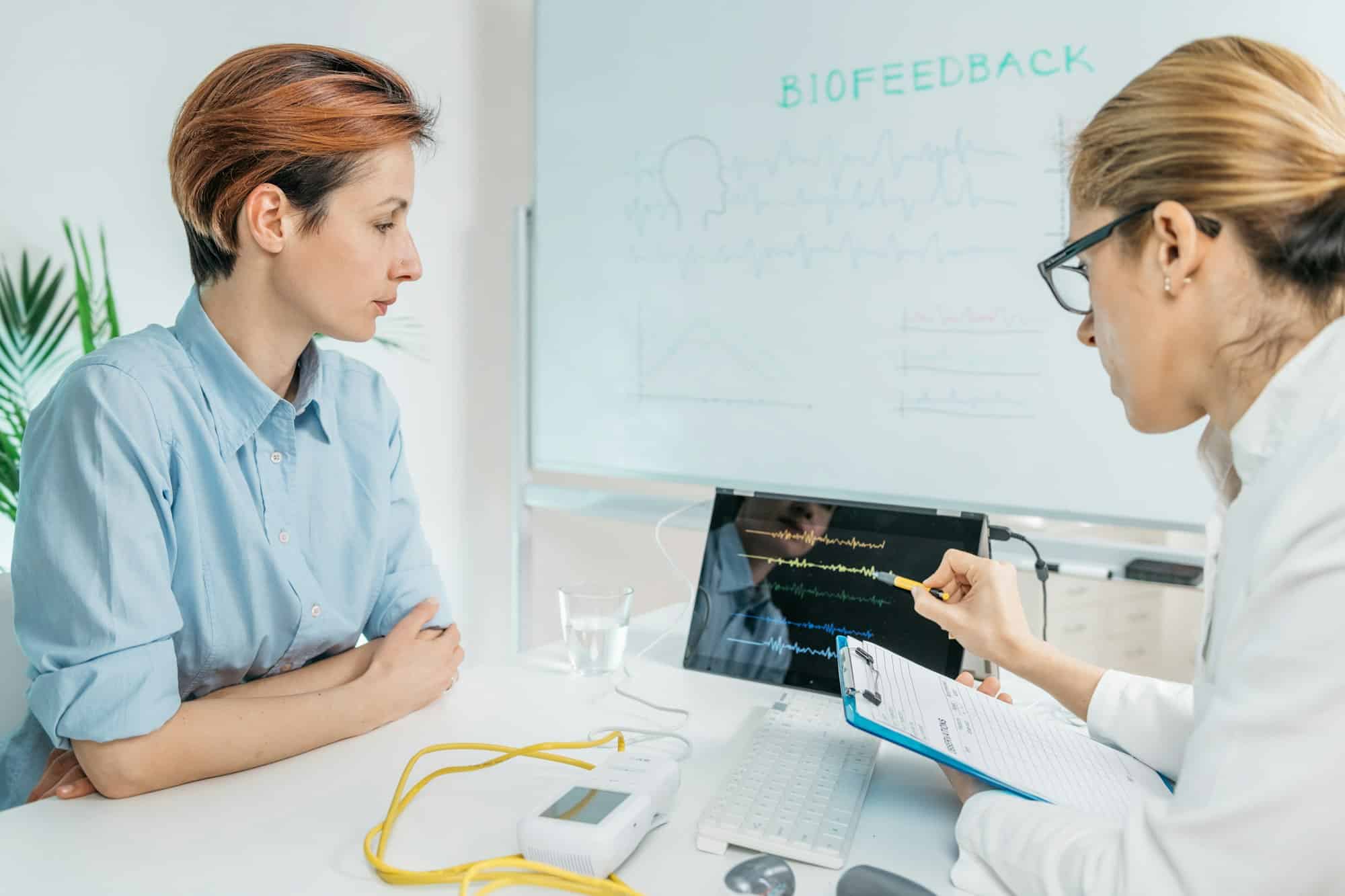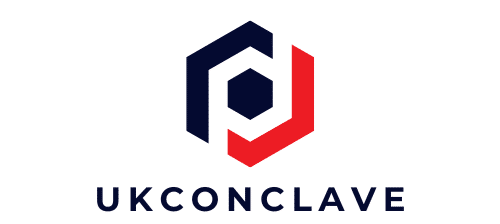How to Use Biofeedback for Real-Time Technique Adjustment in Competitive Rowers?

In the world of competitive rowing, every millisecond counts. Improved technique can translate to crucial time shaved off a race and the difference between winning and losing. As technology advances, new ways to enhance rowing performance are being introduced. One such technology is biofeedback. Biofeedback is the process of gaining greater awareness of many physiological functions primarily using instruments that provide information on the activity of those same systems, with a goal of being able to manipulate them at will.
Biofeedback in rowing refers to the real-time data and feedback provided by sensors to enable rowers to fine-tune their stroke technique and performance. It’s an evolving technology that shows great promise in helping athletes reach their peak performance. This article outlines how biofeedback can be employed for real-time technique adjustment in competitive rowers.
Dans le meme genre : How Can Neuromuscular Training Be Tailored for Female Soccer Players to Prevent ACL Injuries?
Understanding the Role of Sensors in Rowing
In the realm of rowing, sensors play a pivotal part. They are the devices that record each stroke of the rower, gauge the force exerted, and monitor the velocity at which the rower is moving. The data collected by these sensors is then used to provide feedback to the rower or the coach, which aids in refining their technique and improving performance.
Sensors in rowing can be attached to various parts of the boat or the ergometer. They measure various aspects such as stroke rate, stroke length, force curve, power output, and heart rate. Some sensors are even capable of measuring the angle of the oar during each stroke. The data collected provides a detailed insight into the rower’s technique and performance, which in turn, can be used for real-time feedback and technique adjustment.
En parallèle : What’s the Impact of Myofascial Release on Athletic Performance and Mobility?
Biofeedback and Real-Time Technique Adjustment
Technology has made it possible to receive real-time feedback on your rowing technique. Biofeedback is a technology that does just that. It provides real-time feedback on the rowing stroke, allowing rowers to adjust their technique mid-stroke.
Biofeedback works by continuously monitoring the rower’s stroke, providing real-time data on the force, velocity, and timing of each stroke. This data is then analyzed and fed back to the rower or their coach, who can then make prompt adjustments to the stroke technique. The feedback could be in the form of visual cues on a display, or auditory cues through headphones.
Adjusting technique in real-time has several benefits. It allows rowers to maximize their performance by making constant refinements to their technique. It also helps to prevent bad habits from forming and can even help to alleviate the risk of injury.
Implementing Biofeedback into Training
Integrating biofeedback into a training regimen isn’t as complicated as it sounds. The first step is to equip the boat or ergometer with the necessary sensors. This might involve attaching sensors to the oar, seat, foot stretcher, or even the rower themselves.
The collected data is then transmitted to a display device, such as a smartphone, tablet, or computer. There are several biofeedback apps available that can analyze the data and provide real-time feedback in a user-friendly format. The feedback can then be used by the rower or their coach to make adjustments to the rower’s technique.
It should be noted that while biofeedback provides valuable data and feedback, it should not replace traditional training methods. Instead, it should be used as a supplementary tool to enhance the existing training program.
Impact of Biofeedback on Performance – Scholarly Insights
Numerous scholarly papers and studies have explored the impact of biofeedback on rowing performance. A crossref of these papers reveals a positive correlation between the use of biofeedback and improved rowing performance.
One study found that rowers who used biofeedback were able to adjust their stroke technique more effectively, resulting in an increase in stroke efficiency and power output. Another paper noted that biofeedback could help rowers maintain a more consistent stroke rate, aiding in energy conservation and endurance.
Furthermore, the use of biofeedback has also been linked to injury prevention. By providing real-time data on the rower’s stroke, biofeedback can highlight any potential biomechanical issues that could lead to injury. This enables rowers to adjust their technique accordingly and avoid injury.
In conclusion, biofeedback is a promising technology that can significantly enhance the performance of competitive rowers. By providing real-time data and feedback, it allows rowers to make immediate adjustments to their technique, helping them to row more efficiently, prevent injuries, and ultimately, perform at their best.
In-depth Performance Analysis with Biofeedback
An in-depth performance analysis is one of the most valuable tools a competitive rower can have. Biofeedback technology offers an innovative and effective way to perform such an analysis, using sensor fusion and real-time feedback. Biofeedback can capture a rower’s every move, from the rowing stroke to stroke rate, handle force, peak force, and even boat velocity.
Using sensors attached to the oar, seat, foot stretcher, or even the rower themselves, biofeedback systems collect a wealth of data. This data is then analyzed in real-time, providing immediate feedback to the rower or their coach. This real-time feedback can be used to adjust technique mid-stroke, allowing rowers to improve their efficiency and force production.
But biofeedback doesn’t stop at simple performance analysis. With the help of sensor fusion and sophisticated algorithms, biofeedback can provide detailed insights into the rower’s biomechanics. This can be used to identify potential issues that could lead to injury, allowing rowers to adjust their technique and avoid injury.
For instance, motion capture technology, a type of sensor fusion, can be used to monitor the rower’s posture and movement during each stroke. This data can then be analyzed to identify any potential issues, such as an imbalance in the rower’s posture or an inefficient movement pattern.
Ultimately, biofeedback technology offers a way for rowers to take their performance analysis to the next level. By providing real-time data and feedback, it allows rowers to fine-tune their technique, improve their performance, and prevent potential injuries.
The Scientific Validation of Biofeedback in Rowing
A quick search on google scholar or crossref pubmed reveals a plethora of scholarly papers that validate the use of biofeedback in rowing. For instance, one study published on preprints org found that rowers who used biofeedback were able to adjust their stroke technique more effectively, resulting in an increase in stroke efficiency and power output.
Another paper reported that biofeedback could help rowers maintain a more consistent stroke rate, aiding in energy conservation and endurance. This is particularly crucial in long-distance races, where energy conservation can be the difference between winning and losing.
Furthermore, biofeedback has also been found to prevent injuries. By providing real-time data on the rower’s stroke, it can highlight any potential biomechanical issues that could lead to injury. This enables rowers to adjust their technique accordingly and avoid injury.
Interestingly, some studies have even found that biofeedback can improve the rowing ergometer performance, making it a useful tool not just for on-water rowing but also for indoor rowing.
Therefore, it is evident from scholarly crossref that biofeedback is a well-validated technology that can significantly enhance the performance of competitive rowers. By providing real-time data and feedback, it allows rowers to make immediate adjustments to their technique, helping them to row more efficiently, prevent injuries, and ultimately, perform at their best.
In Conclusion
Biofeedback indeed represents a significant technological innovation in the sphere of competitive rowing. It helps transform raw data into actionable insights, allowing rowers to fine-tune their technique in real time.
This technology also brings a previously unattainable level of detail to performance analysis. It enables rowers to analyze their force production, stroke rate, and even the nuances of their movement pattern. This in-depth analysis can lead to improved performance, energy conservation, and injury prevention.
Furthermore, the scientific literature supports the efficacy of biofeedback in improving rowing performance. Studies available on Google Scholar and Crossref PubMed validate the benefits of biofeedback, reinforcing its value.
Despite the complexity of the technology, integrating biofeedback into a training regimen is a straightforward process. With available biofeedback apps and user-friendly interfaces, both rowers and coaches can conveniently utilize this technology to lift performance levels.
To conclude, biofeedback is a powerful tool that every competitive rower should consider incorporating into their training regimen. Its ability to provide real-time, actionable feedback makes it an invaluable resource for those aiming to refine their technique and maximize their performance on the water.
